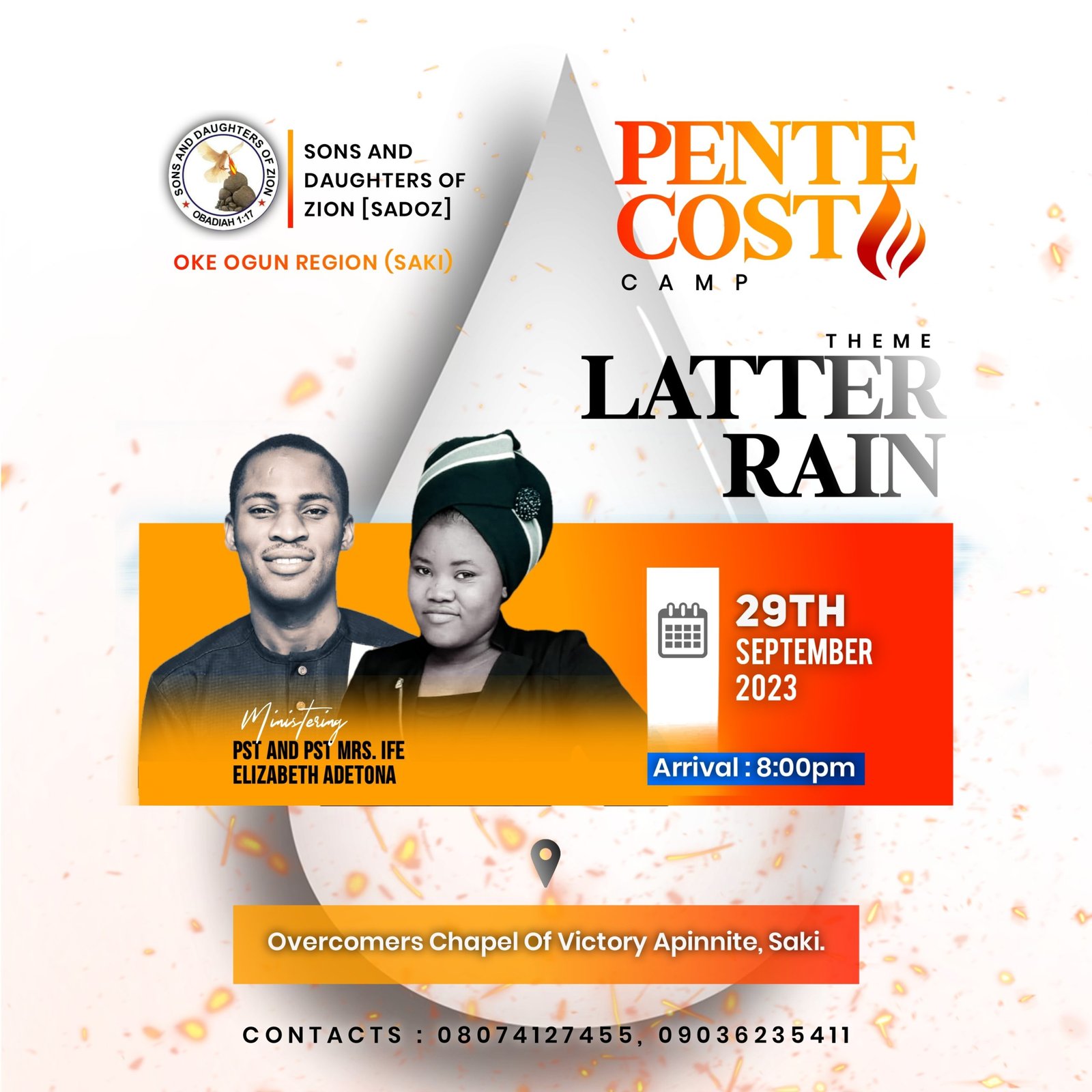In part 1 & 2, I have told you how to kick start writing and get your book edited.
Publishing simply means “SERVING YOUR MEAL TO PEOPLE”. Serving meal is not first about the taste but the OUTLOOK. So, how do you want your book to look like when it is opened? You can either publish in hardcopy or e-copy or both. Where e-copy stops is where hardcopy printing begins. You will need a professional to handle the hardcopy printing but I can give you a glance into it. For now, let’s do e-copy.
Determine your font name, size and spacing. Normally, I use OLD BOOKMAN font, size 13 and 1.5 line spacing. There are many options in terms of font type to pick from. If you don’t know much about it, just grab a book you which you like the way it appears. Give it to whoever is helping you and say “GIVE ME THIS”. While you can use any other font name, 1.5 line spacing and size 13 is good enough. Anything below it could be small and anything above that could just be to make your book appear much. I am not judging. Feel free to use what suits you. You may have other reasons.

You may want to add colour to your TITLE, draw out quotes and so on. Just grab a book or books that look like what you want and do it or give it to the person assisting you. I know you like aesthetic but as for me and as of now, I keep my books simple.
Ensure your book includes the preliminary pages. There are core preliminary pages and there are supplimentary ones. Cover page (the book cover), title page, about the book, about the author and table of contents are core pages. Introduction and Foreword are optional.
ISBN number- just meet a printer, they know how to get you the number. I’m aware you can also buy yourself online. Meanwhile, you can publish your e-book without ISBN number. Don’t get stuck. Publish today, put ISBN later. Copyright still protects your work.
PAGES- first time authors want a lot of pages. Old time authors avoid too much pages. If your book is up to 40 pages, I believe it is good for minimum. After all, people don’t like reading.
HARDCOPY
Let’s talk about printing.
When you are done typing your book and formatting it. All the processes I explained earlier is called formatting. When you say the book is out, that is what they call publishing. You can either format your work the way you want it to look like or hand the manuscript over to the professional printer and tell him how you want it to appear. You must also describe the size to him or give him a sample.
First, he is going to do PAGINATION for your book. He would use Corel draw to do what they call “Book work”. Book work is a profession on its own and most graphics designers know little or nothing about it. He will set your book into pages and arrange it in the way acceptable by the printing machine. After that, you are expected to go over your book to check the outlook and if they format it the way you wanted. Some do editing at this point but that’s old school. You should have done that before handling over the script. But you can proof read.
It is with the number of actual pages according to the machine that will be used to determine the amount of papers and other materials you would need in order to calculate your cost. This type of printing is recommended for large printing. Like 500 copies and above. Though you can do much less. The lesser the copies, the less profitable.

For those that may want to print fewer copies, some people (though very few) will get it done for you.
My biggest advice for you is: GO AHEAD WITH THAT BOOK. Write and release it as PDF (e-copy) today. Hardcopy can follow tomorrow. If you do not release what is in you, how will a fresh inspiration come?That was the advice Holy Spirit gave me in 2018
In the next edition, let’s talk about WRITING MANY BOOKS. Drop questions for me please in the comment section.

